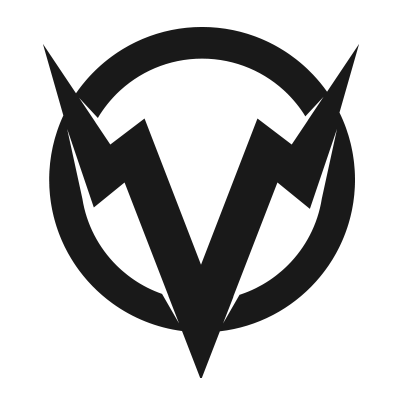Push Press
1-5-1-10-1-15
Then, every minute on the minute for 8 Minutes:
3 Push press @ 80% of 1 RM
30 Double unders
Post loads to comments and BTWB

The Hook Grip: Do You Need it? A stolen title and bullet points by Matt Bruce of brUTE Strength, but brought to you today, by Courtney Shepherd
The Olympic lifts, snatch and clean & jerk, are unique in that they require proficiency in all 10 General Physical skills. That means that athletes who make Olympic lifting their main area of focus excel at cardio/ respiratory endurance, strength, flexibility, stamina, power, speed, coordination, balance, accuracy, and agility. This is why we, as CrossFitters, LOVE the Olympic lifts. While we do not devote all our time to them, we include them in our training because of the benefits they provide. Perhaps some of us can look back at our beginning CrossFit days and compare our comfort with the Olympic lifts to our comfort with them now. While we may not consider ourselves Olympic lifting experts, I will bet we have improved. An improvement in our ability to snatch means we have improved our explosive hip drive. An improved explosive hip drive can help improve our box jumps, our kipping pull-up, our kettle bell swing. The Olympic lifts have transference to other movements.
Whenever I teach the Olympic lifts I always hear athletes say “there are so many things to think about”. Well, there are. You have to focus on how you shift the weight in your feet, keeping our shoulders over the bar, shrugging at the right time, etc, etc, etc. Unfortunately I am here to add another, it’s something simple and often overlooked but still a part of the technique of Olympic lifting. I’m certain the title of this blog gave it away a long time ago, but I’d like to address the hook grip.
What is the hook grip?
“To secure the hook grip, the athlete needs to grip the barbell and place one, two or three fingers around the thumb. Most athletes prefer the method shown here: two fingers placed over the thumb, with the thumb protruding slightly between the middle finger and ring finger.”

The hook grip feels awkward and/ or hurts.
“Many people attempt to hook grip the barbell but stop shortly after due to pain in the thumb or the inability to hold the thumb in place. There are a few methods you can use to help solve this problem: First, the hook grip is usually painful and awkward for only a few weeks. After a few weeks, the body tends to adapt the new grip, and sooner than later, you won’t even realize that you naturally grab the bar with the hook grip. One method to help speed this process is to hook grip a dumbbell in each hand and do farmers walks once a week for a total of 5 minutes. Another common problem is that athletes feel the hook grip sliding out. A solution might be to tape the thumb.”
What is the purpose of the hook grip?
“The hook grip is important because it helps keep the bar from sliding into the fingertips during the second phase (explosion phase) of the pull. The thumb helps keep the bar locked in place during the huge acceleration that is generated into the barbell during this phase.”
When should I use or not use the hook grip?
“The hook grip is utilized for all lifts below the shoulders. On the clean, the hook grip is most commonly released when receiving the bar in the front rack. It is not suggested that you jerk with a hook grip because this can restrict the movement of the barbell while traveling overhead. On the snatch, you can either keep the hook grip throughout the lift, or you can release the hook grip on the turnover above the head. This is the choice of the athlete as to which feels more comfortable— neither is right or wrong. Most importantly, the hook grip should be utilized for cleans and snatches, especially when lifting heavy.
The only time I would not suggest using the hook grip is for high repetitions of snatches or cleans within a WOD, especially when the weight needs to go overhead then back to the floor extremely fast. Other than that, I suggest using the hook grip, especially while lifting heavy weights.”
Yes, the hook grip is weird. Yes, the hook grip is uncomfortable. Yes, using a hook grip is just one more thing to think about. But as we become more comfortable and consistent in our technique, now is the time to refine our technique, add in the smallest of technique work that may in fact produce a big difference. So get out there and start hooking. Not like on the streets for money but like in a WOD with a barbell.
Click here for full article.









